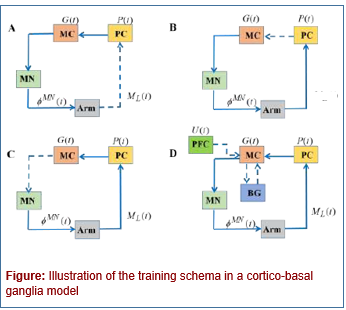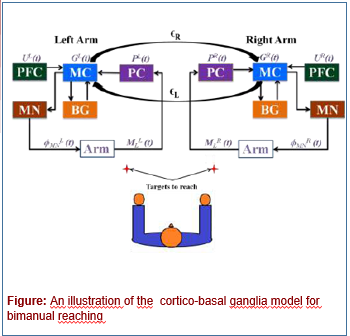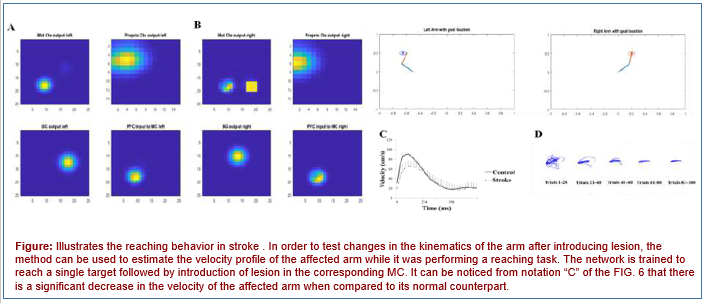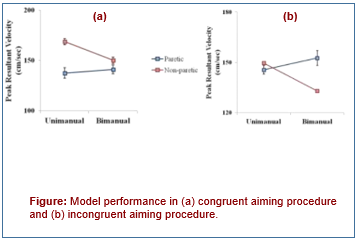Industrial Consultancy & Sponsored Research (IC&SR) , IIT Madras
Menu
System for Handling Rehabilitation Strategy Training for Subject
Technology Category/Market
Category- Assistive, Test Equipment & Design Manufacturing/ Others
Industry Classification:
Medical Devices, Rehabilitation Technology, Assistive Technology, Physical Therapy, and Healthcare Solutions
Applications:
Rehabilitation Strategy for Stroke Patients- targeting recovery in both normal and stroke conditions; specific tasks such as congruent aiming, incongruent aiming, and equidistant aiming tasks
Market report:
The global stroke rehabilitation market was valued at USD 144.9 Billion in 2023, and projected to grow to USD 376 Billion by 2033 with a CAGR of 9.2%
Image Gallery
Problem Statement
- Stroke, leading to upper extremity dysfunction, causes motor impairments such as hemiparesis, making everyday tasks like reaching and grasping difficult for patients.
- Existing rehabilitation approaches, including CIMT and bimanual training, have conflicting strategies, making it difficult to determine the best treatment for individual stroke patients.
- Recovery depends on factors like initial severity and brain reorganization, with some patients showing progress years after the stroke, complicating the prognosis.
- There is need for a more effective rehabilitation method that addresses the contradictions in current treatments and improves patient outcomes.
Technology
- The invention employs two semi-independent systems with interconnected motor-cortical and cortico-basal ganglia loops to facilitate customized rehabilitation strategies for upper extremity hemiparesis.
- Utilizes Self-Organizing Maps (SOM) and Continuous Attractor Neural Networks (CANN) for dynamic motor cortex representation and integration of multiple sensory and feedback inputs.
- Supports unimanual, bimanual, and Constraint-Induced Movement Therapy (CIMT) for rehabilitation, optimized based on stroke severity and lesion size.
- Evaluates rehabilitation efficacy using metrics like Peak Resultant Velocity (PRV) and reaching error under varying lesion conditions and task complexities
- Simulates real-world reaching tasks and recovery processes through a two-link arm model controlled by neural feedback, enabling insights into stroke recovery and therapy optimization
Key Features/Value Proposition
- Simulates human motor control more realistically with detailed cortico-basal ganglia interactions than existing models.
- Adapts strategies to lesion size and task complexity, unlike rigid conventional rehabilitation systems.
- Tracks metrics like PRV and reaching error, offering objective evaluations instead of subjective observations.
- Addresses both immediate and delayed stroke rehabilitation, supporting comprehensive therapy plans.
- Focuses on complex bimanual tasks, enabling effective rehabilitation for everyday functional movements.
Questions about this Technology?
Contact for Licensing
Research Lab
Prof. Srinivasa Chakravarthy V
Department of Biotechnology
Intellectual Property
- IITM IDF Ref 1745
- IN 507924 Patent Granted
Technology Readiness Level
TRL 2
Technology Concept Formulated




